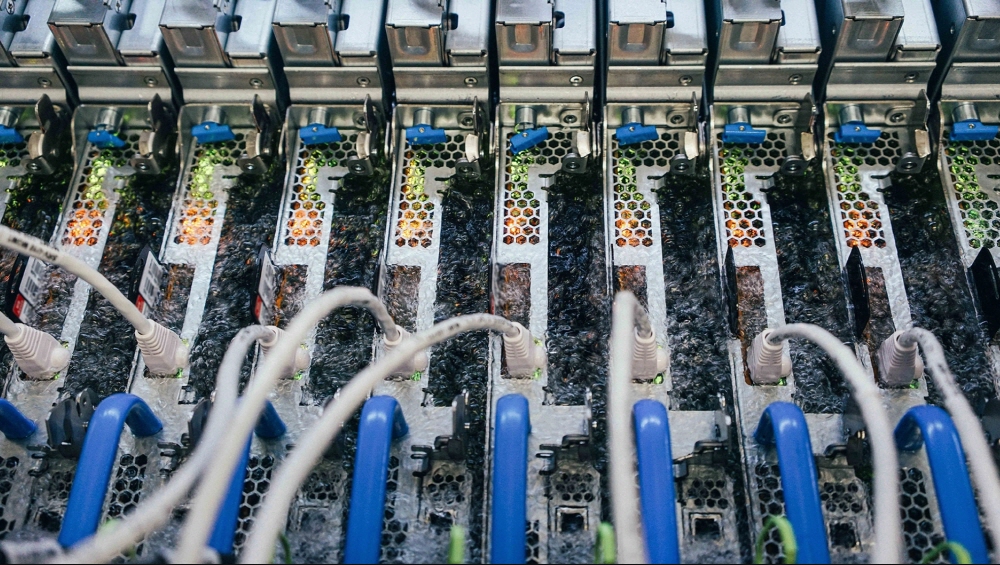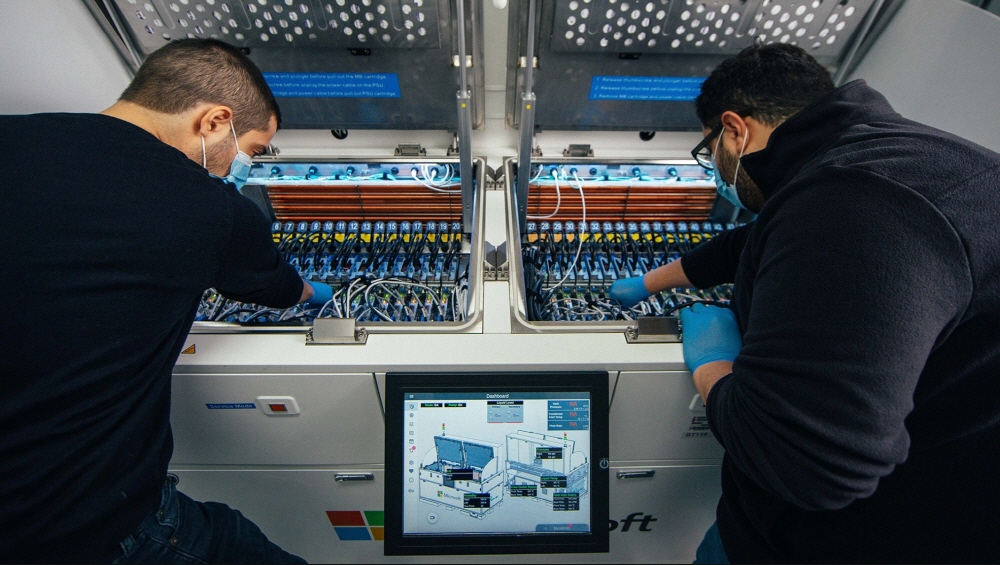
In its official blog, Microsoft announced its data center, which adopted a duplex submerged cooling system that cools the server by immersing it in a low-temperature boiling liquid.
In the eastern bank of the Columbia River in the northwestern United States, there is a data center that supports communication systems such as e-mail sent and received by Microsoft employees. The data center filled the steel tank containing the server with a functional liquid that is harmless to electronic devices with a boiling point lower than water at 50 degrees. The liquid boiling in the tank becomes vapor, condensed in the refrigerator above the granular tank, and poured into the tank like rain.
Microsoft says it is the first cloud provider to operate this two-stage submerged cooling system in an operating environment. The reason Microsoft started developing an immersion cooling system is that Moore’s Law, which says that the semiconductor integration rate will double in 18 months, has reached its limit. Since this law advocated in 1965 by Intel founder Gordon Moore, the semiconductor industry has been doubling processor performance every two years without increasing power consumption for decades. However, as the circuit width reaches the atomic level, there is a physical limit to the improvement of the semiconductor integration rate, and in recent years, Moore’s Law has collapsed.
While processor performance has reached its limit, the demand for computing power is increasing year by year due to cryptographic asset mining. Therefore, the semiconductor industry turned to increase performance by increasing electricity consumption, but as the processor consumes a large amount of electricity, the amount of heat generated by the processor also increases.
Microsoft said that air can no longer be said to be sufficient to cool high-temperature chips, explaining that it is considering adopting immersion cooling to cool the liquid directly on the surface of the chip and cool it.

Microsoft researched the effectiveness of the immersion cooling system and found that this cooling method can reduce server power consumption by 5-15%. Therefore, Microsoft has partnered with Wiwynn, a data center design company, to build a data center that cools servers with high-functional liquid developed by 3M, an electrical material manufacturer.
Data centers with duplex submerged cooling systems started operating in this way will not only consume less power but also do not consume water, which will greatly contribute to Microsoft’s sustainability efforts to supply more water than it consumes by 2030. It is expected to be.
Microsoft emphasized that if the duplex immersion cooling system can be used properly, it will meet all requirements at the same time, including lower energy cost, reliability and performance than air cooling.
A project similar to this method is Project Natick, which sinks the entire data center on the seabed and cools it with seawater. Project Natick puts the data center under water, but the duplex submerged cooling system only puts the server in the water.
Submerging the server in the seabed or in liquid can make it difficult to replace parts or service. Therefore, Microsoft is planning to develop a tank-type server that does not require immediate replacement of broken parts. These tank-type servers can be installed in remote locations where human management is difficult, and can also be used to operate autonomous vehicles and 5G communication towers.
Microsoft said it plans to begin testing technology verification in the coming months, where one tank becomes a data center. Related information can be found here.

